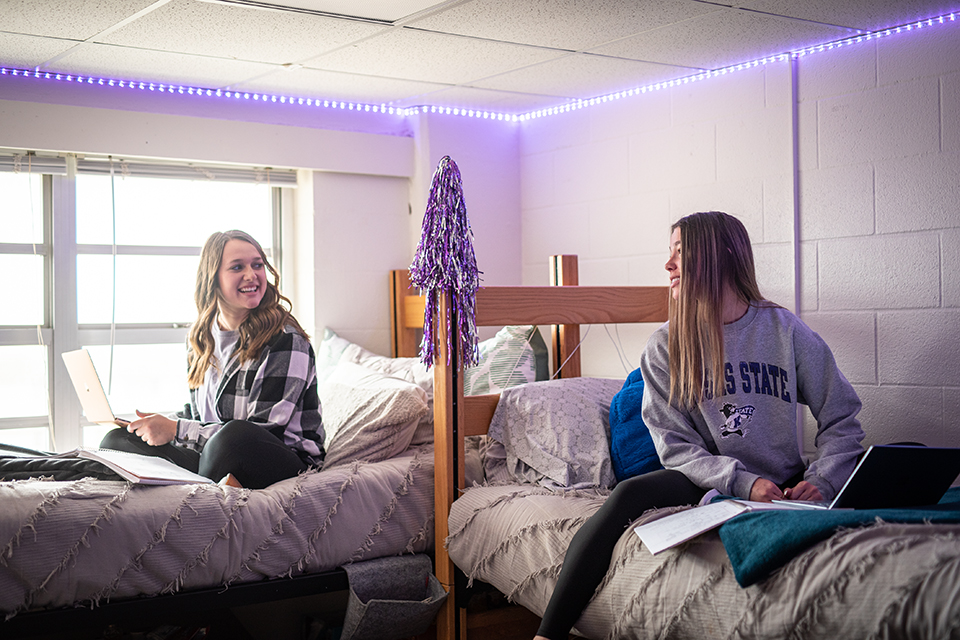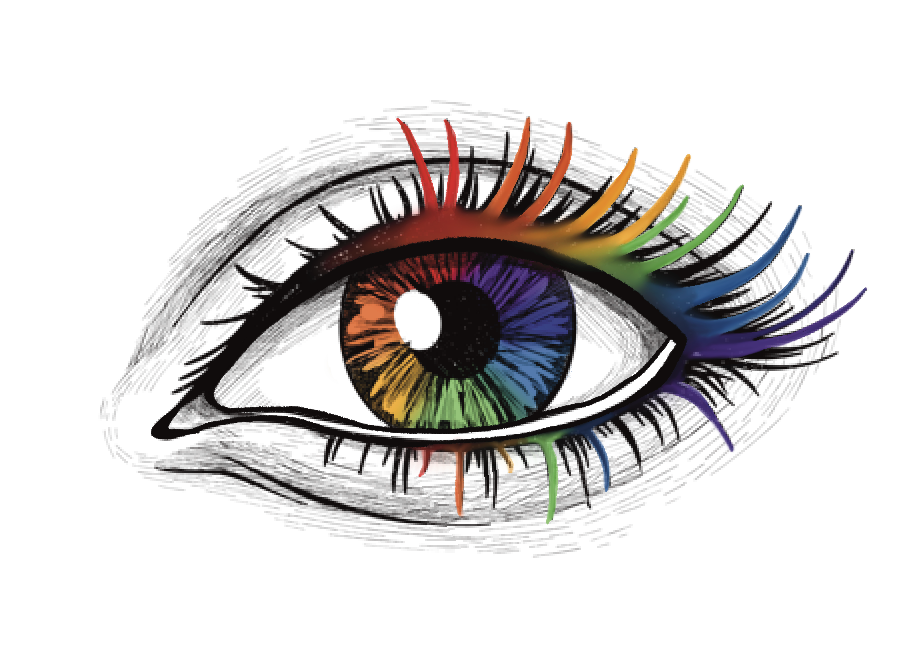According to the Institute for Healthcare Policy & Innovation, around 80% of all American adults (50+) haven’t been asked about their hearing in the last two years. This figure suggests that a large number of Americans may never have attended an audiology appointment, which is alarming. With this in mind, there’s a high chance many people don’t know what to expect during an audiology appointment. If this sounds familiar, you’re in the right place.
During The Appointment
As this is your first time having an audiology appointment, the clinic will need to assess your medical history and ask questions about your current state of hearing. Additionally, if you have any concerns about your hearing, they will use the first part of the appointment to gather this information. Remember, you’ve made an audiology appointment for a reason, so make sure you don’t hold back any vital information. In some cases, these questions are asked over the phone before your appointment. Typically, an audiology assessment lasts around 30-45 minutes, depending on the tests that are carried out.
Examinations
After all of the information is gathered, the audiologist will perform a visual examination of your ear. During this part, they’re checking for an excessive build-up of wax, which can harm hearing and lead to further complications including ear blockages. To get inside your ear more easily, your audiologist will use an instrument called an otoscope.
Eardrum Pressure
Depending on the results from your ear examinations, the audiologist will likely carry out further tests. For example, they may wish to observe the blood pressure behind your ear, which will indicate how well your eardrums are moving. From performing this test, your audiologist may be able to determine the underlying causes of any hearing problems.
Beeps and Tones
As you may have guessed, you’ll need to listen to some sounds during your audiology appointment, as it’s a great way to gauge how well you’re hearing. To get this test started, you will need to wear a pair of noise-canceling headphones, which will pay beeps and tones at various pitches and volumes. When the audiologist knows what the lowest sounds you can hear are, they’re in a much better position to begin any treatments.
Results Explained
After all the tests have been carried out, your audiologist will explain your results and treatment plan. You may need to return to the clinic to have ear wax removed or surgery carried out (in extreme cases). However, the most likely scenario is that you’ll need to obtain a hearing aid. There are many different types of hearing aid out there, and some of them come discreetly and look like small earplugs – check out the Lyric™ over at www.phonak.com/en-us/hearing-devices/hearing-aids.
Take Away
Having any tests carried out for the first time can be overwhelming, but there’s nothing to fear at your audiology appointment. Once you’ve got it out of the way, you’ll have a much greater quality of life and your worries will feel like a distant memory.




























































































































